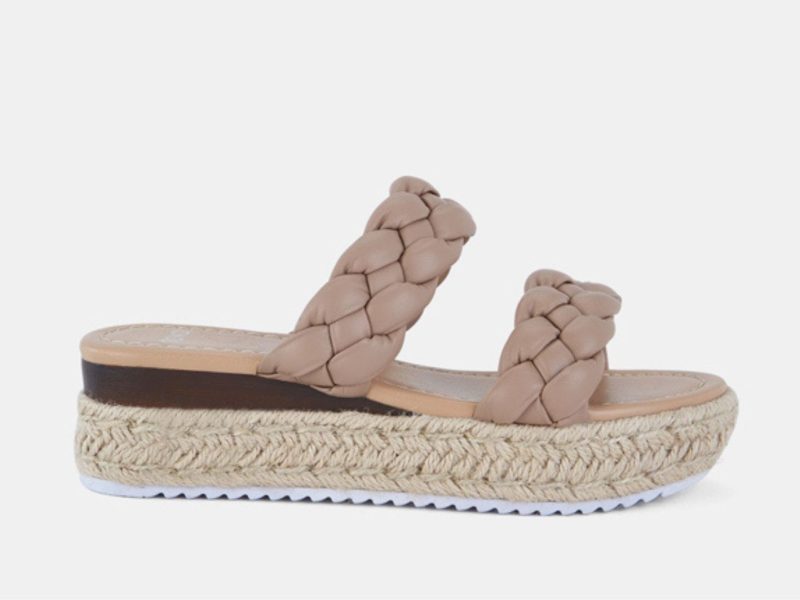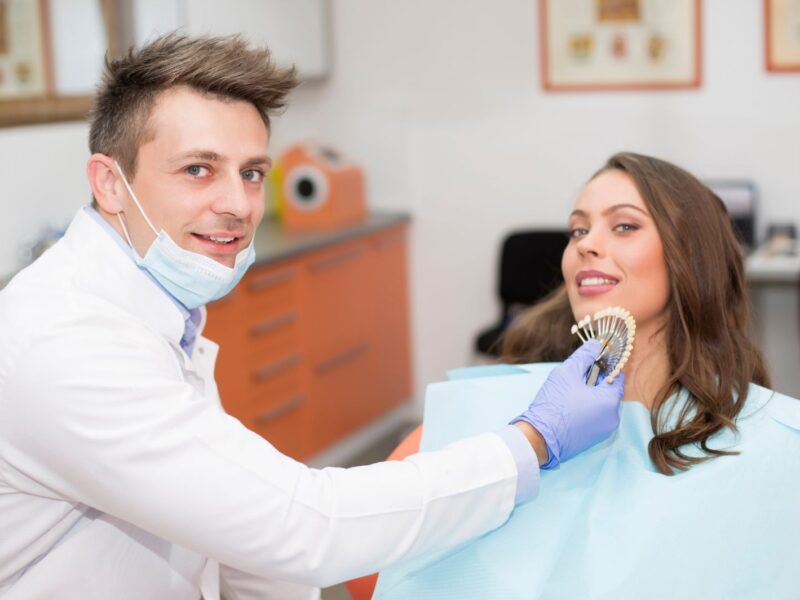If your choice of hairstyling tools involves hair curlers, you’re probably no stranger to the challenges of heat damage. While heat can transform your hair into a styling marvel, it can also wreak havoc on the protective cuticle layer and the essential proteins that compose your hair.
Once the heat has taken its toll on your hair, it becomes a quest to restore it. Sadly, heat damage is, in essence, irreversible, but there are proactive measures you can adopt to shield your precious locks.
Reading further, let’s talk about caring for heat-damaged hair caused by hair curlers and learn how you can revive the quality with utmost ease!
Table of Contents
What Exactly Constitutes Heat-Damaged Hair?
The outer layers of your hair strands are protected by tiny cuticles that resemble the shingles on a roof. These cuticles overlap, keeping your hair hydrated and safeguarded. Heat damage transpires when these protective cuticles are compromised. While hairstyling tools work wonders in achieving the perfect look, they can also inflict heat damage.
What Leads to Heat Damage?
Many of us assume that cranking up the heat settings on our styling tools is the key to achieving our desired look. In fact, most flat irons and curling irons are engineered to reach scorching temperatures, often as high as 450°F. However, the reality is that excessively high temperatures can harm the outer cuticle layer of our hair.
Moreover, applying hot tools to unwashed hair can exacerbate the damage. This is because certain styling products, like texture sprays and dry shampoos, contain ingredients unsuitable for heat exposure.
Frequent hair colouring and bleaching can also compound heat damage. These colour treatments aggressively disrupt the bonds in your hair’s cortex and cuticle, compromising the strength and stability of your strands. Subjecting coloured hair to additional heat can further undermine its structural integrity.
How can you Recognise the Signs of Heat-Damaged Hair?
Whether you have curly or straight hair, identifying signs of damage through hair curlers is crucial:
- Tangling Trouble: Damaged hair doesn’t lie flat, making it more prone to tangling and knotting, which can lead to increased breakage.
- Breakage Blues: Due to regular hair curler usage, the heat-damaged hair becomes dry and brittle. Its heightened susceptibility to split ends and a loss of elasticity make it prone to snapping.
- Diminished Shine: Healthy cuticles give your hair its natural shine. When these cuticles are damaged, your hair appears lacklustre and matte rather than vibrant and glossy.
- Frizz Frenzy: Excessive frizz and flyaways result from split ends and structural changes in damaged hair.
The Pressing Question: Can Heat-Damaged Hair Be Revived?
There is no quick and easy “fix” for heat-damaged hair through hair curlers. Heat damage is permanent, but you can alleviate the symptoms through various remedies, including masks, lotions, oils, and conditioners. Trimming your hair to eliminate the damaged portions is one more option. Typically, the most damage accumulates at the ends of your strands, but if left unaddressed, problems like split ends can progress further up the hair shaft, necessitating more extensive trimming.
For those not ready for a drastic hair transformation, there are several treatments to consider:
- Apply a deep conditioning mask weekly, leaving it on for at least 20 to 30 minutes to moisturise and seal the cuticles, promoting smoothness.
- Invest in high-quality hair curl stylers tailored to your specific hair type, including shampoo and conditioner, leave-in treatments, hair oils like argan or marula oil, and a heat protectant.
- Use a wide-tooth comb instead of a brush on wet hair, as it glides through your hair more gently and effectively.
- Schedule regular trims to eliminate split ends, which is crucial for maintaining hair health, even if you’re trying to grow your hair.
- Hair dye involves a chemical process that can exacerbate damage. Stretching out the time between colouring sessions allows treatment products to work better.
How to Ward off Heat Damage?
The best way to deal with heat damage through a hair curler is to prevent it. Instead of cranking up the heat on your curling or flat iron to the maximum, opt for temperatures in the range of 200°F to 300°F. Thinner, finer hair benefits from the lower end of this range, while thicker, coarser, or curlier hair can tolerate the higher end, closer to 300°F.
Consider switching to shampoos and conditioners that are gentler on your hair, but avoid excessive washing. Frequent washing can strip your hair of its natural oils, so allowing some oil buildup provides a protective layer for your locks.
Follow your shower routine with a hair care regimen that includes a hydrating oil and heat protectant, especially if you plan to use hot tools. A weekly hair mask can keep your hair moisturised and healthy.
Investing in top-quality devices such as a curl styler with intelligent heat control technology can be of great help. One such product is the Dyson Airwrap Multi-styler. Dyson’s hair care technology is designed to safeguard against extreme heat damage, emphasising control over excessive heat. Such curly hair stylers enable you to style your hair as desired without subjecting it to high temperatures. So, what are you waiting for? Improve your hair quality now by opting for a good-quality hair curler!


